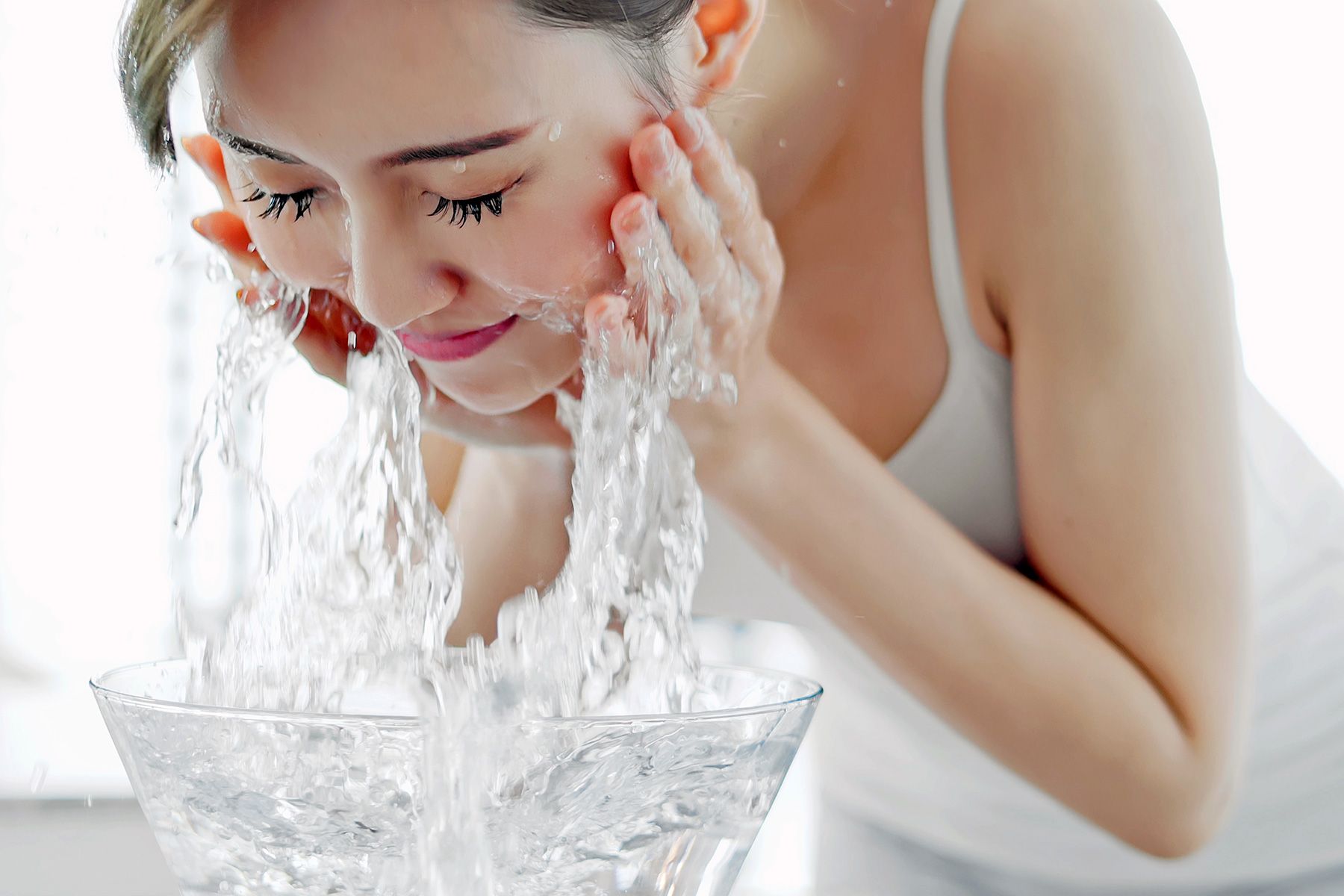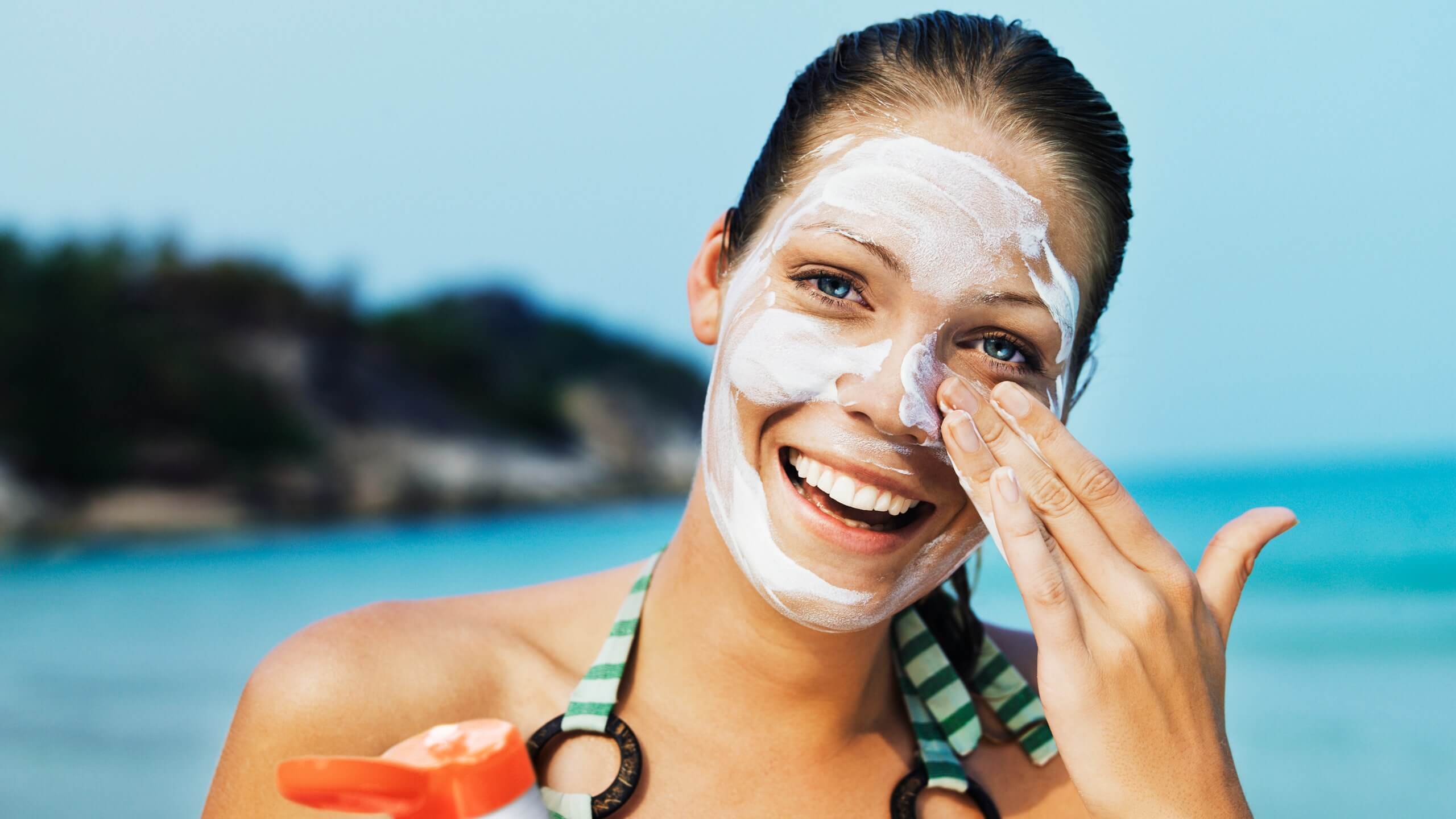Contouring is a face-sculpting method that involves using makeup that is subtly lighter or darker than your natural skin tone to define and add structure to your face.
Contouring is about producing the illusion of lights and shadows, as opposed to using regular concealer and foundation, which normally have to precisely match your complexion.

What Is Necessary For Contouring?
This does not necessitate the use of a particular contour kit. You can contour with two tones of foundation or concealer, bronzer, eyeshadow, highlighter, or even brow powder.
Simply ensure that all of your makeup products have a similar texture and that you have the appropriate makeup brushes. This will prevent cakey makeup that comes from layering powder with creams and liquid products.
A Step-by-Step Guide to Contouring
Contouring ought to enhance your natural facial structure and will vary from person to person based on bone structure and facial shape.
1. Prepare your face
Begin with the basics, as always: To prevent makeup from clumping around any hard lines or dry skin, wash your face and use moisturizer. You don’t have to use primer, but if you’re going for a more intricate makeup look, you might as well.
Primer acts as a barrier between your skincare and cosmetics, allowing them to work together more effectively and last long. Hide any spots or creases with some foundation and/or concealer. These products have to be in the same hue as your skin tone.
2. Shadow
Using your darker shade to produce a shadow beneath your cheekbones is the simplest and most basic approach to contour. Try to suck in your cheeks and trail the powder along the cheeks’ hollows, following the natural curve of your jawline and temples.
This will reveal your cheekbones. You can apply your shadow in one of three areas based on the shape of your face shape and distinctive facial features. Other places you should apply it are on the sides of your nose, under your cheekbones, on your jawline, and to frame your cheeks and temples. Explore different lines and shadows to structure your face until you discover a look that suits you.
 Source: elle.com
Source: elle.com
3. Highlight
Use a lighter shade or a highlighter for the parts of your face that naturally reflect light, such as your nose tip, the bridge of your nose, the area around your eyes, the tops of your cheekbones, and on your cupid’s bow. Use a shimmering illuminator, highlighter, or eyeshadow that is somewhat lighter than your complexion.
4. Blush
While blush on your cheeks is really not required for a contoured appearance, it can enhance your makeup and make it look more natural by acting as a transition between your highlight and shadow areas.
5. Blend
Blending is particularly critical when working with colors that don’t match your skin complexion. Blend the highlights and shadows into your skin or foundation layer with a blending brush, a wide, fluffy brush, or a Beautyblender makeup sponge until the lines you made look more natural.
6. Set
Apply setting spray or powder for a flawless finish.

























